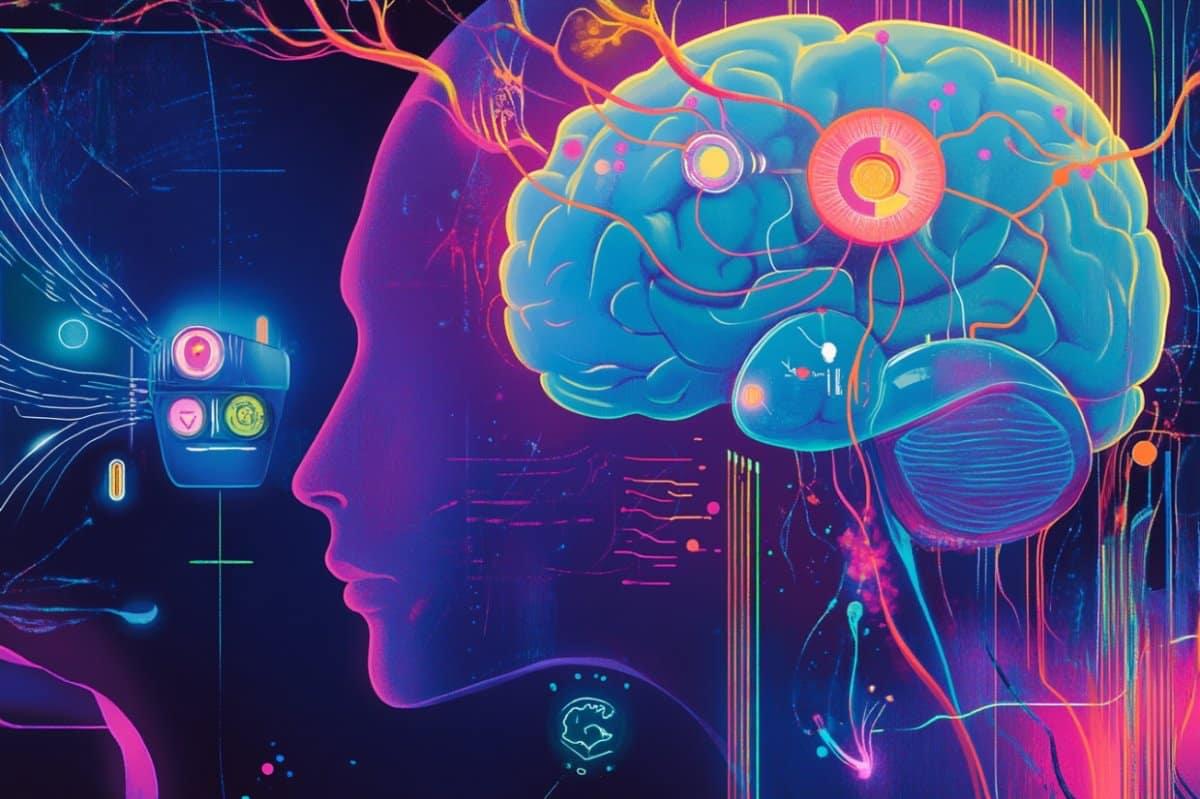MapS-Wear, a soft plant wearable, enables precise, in situ, and early-stage stress diagnosis to boost crop yield and quality.
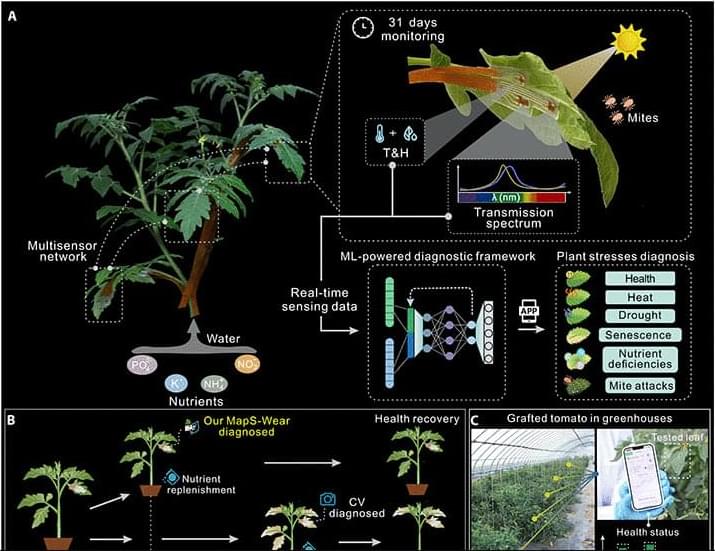

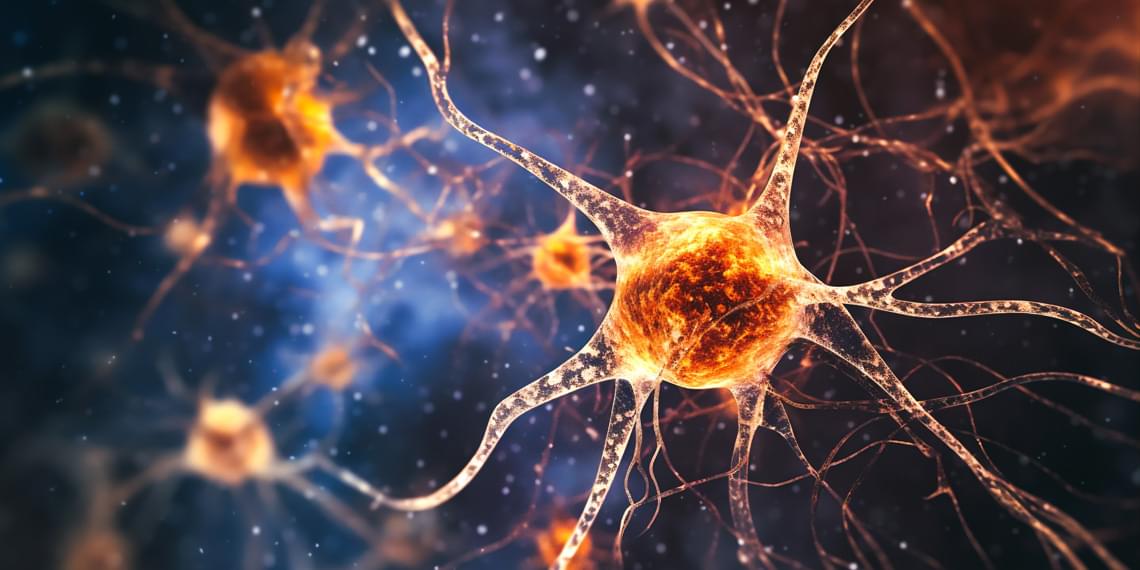

Climbing the social ladder isn’t simply a matter of popularity. Rather, people in positions of influence are particularly adept at forming “maps” of their social connections, which they navigate to become prominent in their social network, new research shows.
It’s like having a “social superpower,” according to study author Oriel FeldmanHall, an associate professor of cognitive and psychological sciences at Brown University who is affiliated with the University’s Carney Institute for Brain Science.
“People vary considerably in how accurately they understand the structure of their communities,” FeldmanHall said. “Our research establishes for the first time that people who excel at mapping out their social network—determining who belongs to which communities and cliques—are the ones who will go on to become the most influential in the social network.”


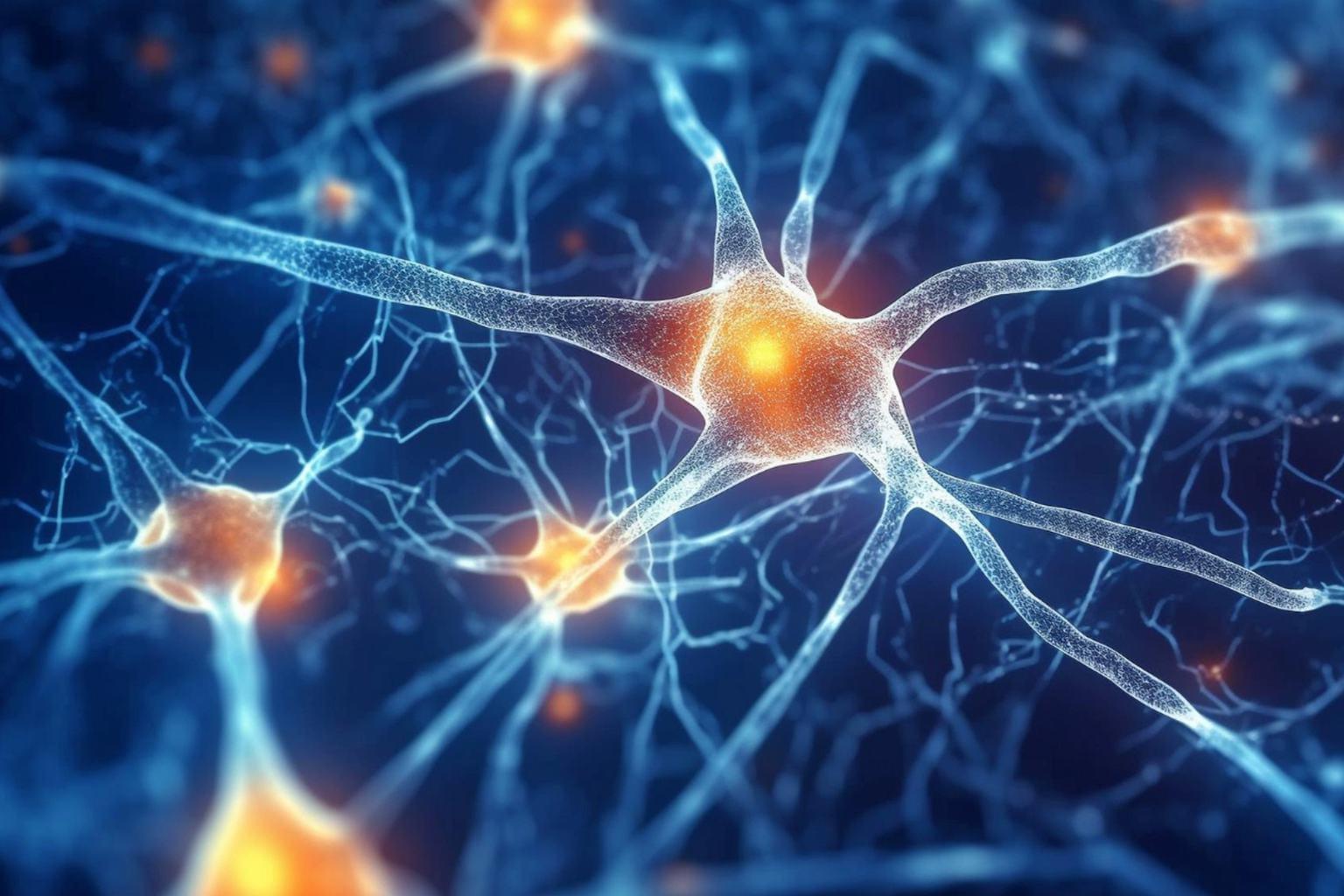
Neuroscientists have uncovered a fascinating piece of the puzzle behind what makes us truly intelligent. While machines excel at repetitive tasks, humans and animals amaze with their ability to adapt, imagine, and generalize. What in the brain allows for this flexible thinking? A recent study in mice gives us clues by identifying specific brain cells responsible for tracking progress in complex behaviors—not just physical locations.
For decades, it has been known that certain brain cells, like place cells and grid cells, help animals navigate physical space. These cells create mental maps of the environment, guiding an animal or person through streets, rooms, or mazes. But what about navigating through a sequence of actions, such as cooking a new recipe or solving a fresh problem?
Researchers trained mice to perform a task in which they moved through a series of four goal locations to receive water rewards. The order of goals repeated in a loop, but to challenge them, the locations were moved. The mice instantly adjusted, understanding the sequence even in completely new situations. This wasn’t memory playing tricks; the mice were generalizing the structure of the task.

A popular 2D active material, molybdenum disulfide (MoS2), just got a platinum upgrade at an atomic level. A study led by researchers from the University of Vienna and Vienna University of Technology embedded individual platinum (Pt) atoms onto an ultrathin MoS2 monolayer and, for the first time, pinpointed their exact positions within the lattice with atomic precision.
The study, published in the journal Nano Letters, achieved this feat with an innovative approach that integrates targeted defect creation in the MoS2 monolayer, controlled platinum deposition, and a high-contrast computational microscopic imaging technique—ptychography.
The researchers believe that this new strategy for ultra-precise doping and mapping offers new pathways for understanding and engineering atomic-scale features in 2D systems.

Imagine you’re walking to work when the unspeakable occurs: Your favorite coffee shop—where you stop every day—is closed. You groggily navigate to a newly opened coffee shop a couple blocks away, which, you’re pleased to discover, actually makes quite a good morning brew. Soon, you find yourself looking forward to stopping at the new location instead of the old one.
That switch probably alters more than just your morning routine. Each time you visit that new coffee shop, the experience likely strengthens a neural map marking the positions of rewarding experiences—a map that can guide you back to those experiences even from miles away.
While the existence of a reward map is familiar from previous work, Wu Tsai Neuro researchers working with mice were surprised to find that the map persists even when mice move many meters away from a treat, and that it updates almost immediately when the location of the treat changes.
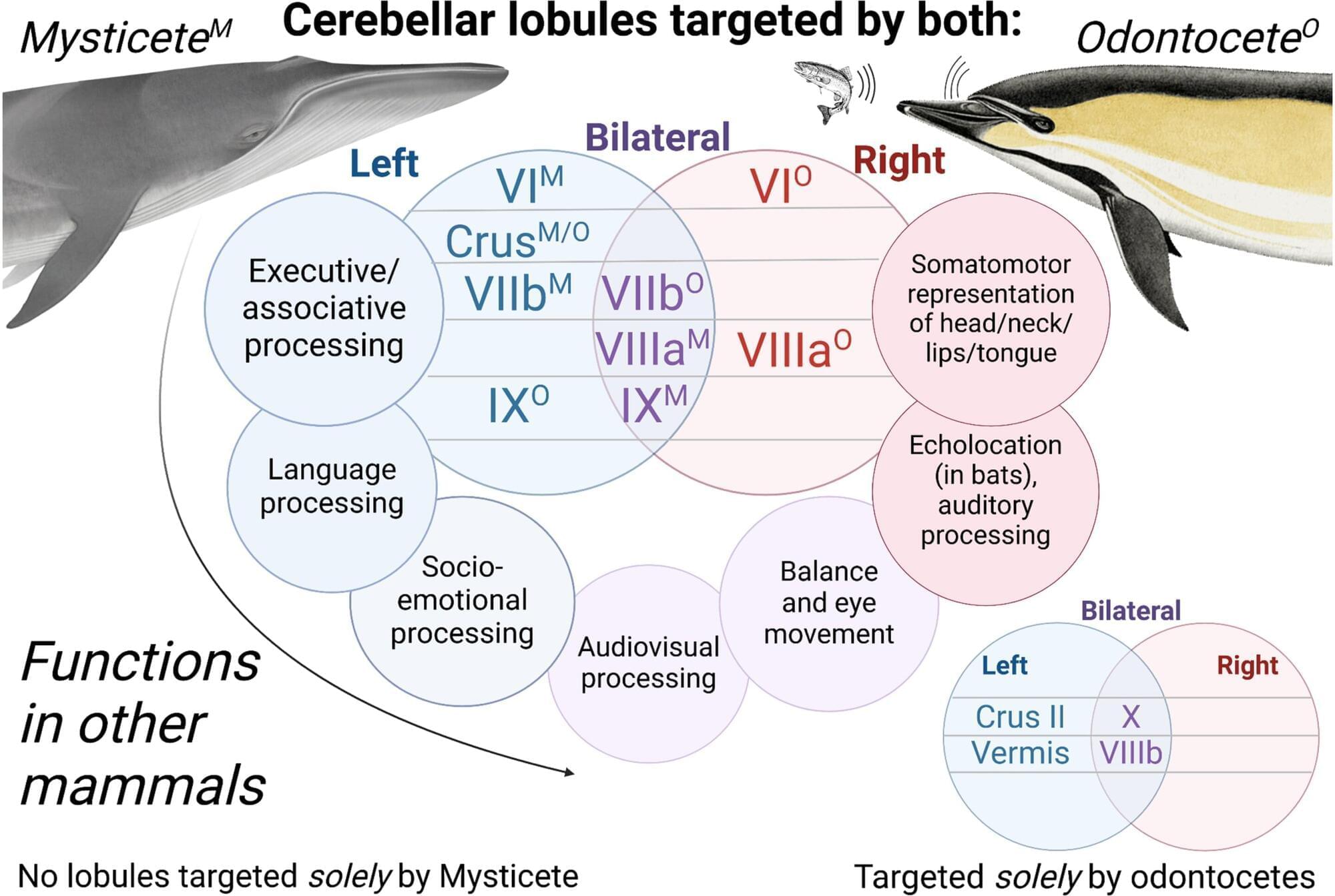
Toothed whales use sound to find their way around, detect objects, and catch fish. They can investigate their environment by making clicking sounds, and then decoding the “echoic return signal” created when the clicking sounds bounce off objects and return to their ears. This “biosonar,” called echolocation, is rare in the animal kingdom.
Now, a new study by researchers at the Woods Hole Oceanographic Institution, New College of Florida, UC Berkeley, and Oxford University, and published in PLOS One, brings us closer to understanding how dolphin brains have evolved to support echolocation.
The research team applied new techniques for mapping networks in the excised brains of dead, stranded cetaceans to examine and compare the auditory pathways in echolocating dolphins and a non-echolocating baleen whale called a sei whale. A partnership with the International Fund for Animal Welfare (IFAW) and others is critical to advancing this work.
